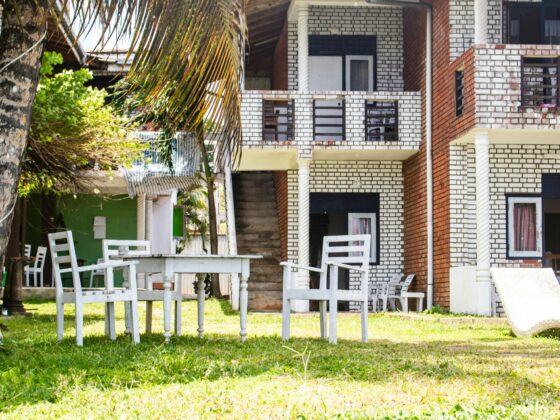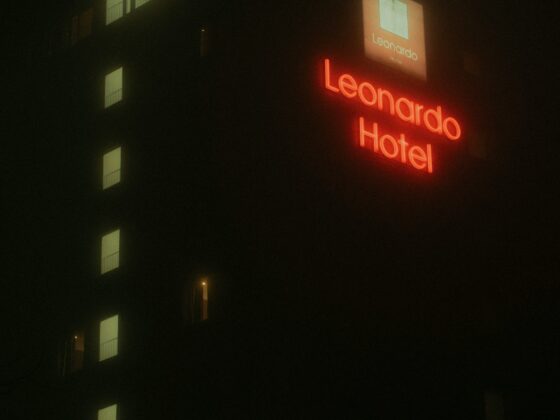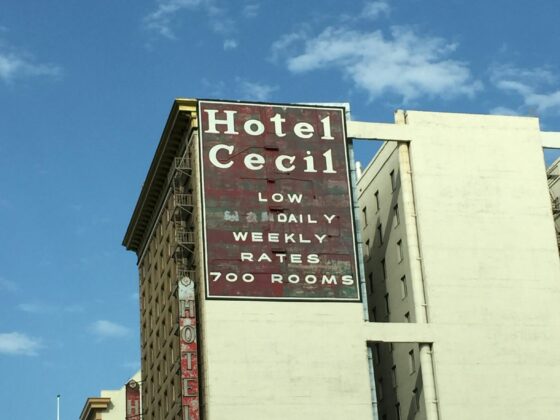The purpose of commercial strategy is to streamline revenue generation efforts and be effective in capturing the highest profit contribution available with the least investment possible. To execute this successfully, the commercial strategy team has to focus its limited resources on the highest value activities by surgically targeting opportunities based on the highest profit contribution. To do that, the commercial strategy team starts with a plan that targets specific opportunities. This plan is based on achieving the highest gross margins (that is, top line revenue minus booking costs) before operational costs are incurred so there is more remaining as a contribution to profit. Spend on resources such as sales deployment (business transient or group), marketing/digital spending, digital merchandising, commissions planned for third party channels and brand or local/regional promotions are agreed upon and match up with the plan. The team can then execute on the plan and measure results based on contribution to profit, first, and top line revenue, second.
- Moving Into the Commercial Strategy Mindset
It is always hard to find time for new tasks and shift from the comfort of executing tasks that are well known and have been performed very effectively for many years. It’s not that it’s a complete change, but it is a different mindset for many senior executives that were able to achieve success with longstanding objectives. If the market has changed and it has triggered a shift in owner priorities and objectives that leverage new data and technology, it warrants a fresh look. Although the challenges of the digital market will persist and continue to evolve, the future is bright for many of the incumbents in revenue management, sales, and digital disciplines; they are well equipped to evolve the new discipline of commercial strategy and in doing so, expand their skill sets and add even more value to an industry that is ripe for change.
- It’s a Zero Sum Game
The harsh reality of a mature lodging market makes it a daily challenge for most hotels to capture new demand, and it is primarily accomplished by shifting business that is currently going to a competitor. Assessing the costs of each channel becomes crucial to building a hotel’s business mix so that the hotel is filled, one day at a time, with the most profitable business available. Many revenue managers are accustomed to using price and inventory control as their primary levers. In a world of commercial strategy, there is a wider variety of techniques that can be deployed to attract the limited demand in a market including improved sales techniques in the call center, merchandising and digital marketing on the website, a merchandising-powered booking engine, and improved use of customer intelligence to enhance the guest experience at every touch point, through hotel-controlled channels and while the guest is on site. Knowing the channels to tap and understanding how to activate them will result in more successful outcomes.
Commercial strategy teams, including operations leaders, have to move from thinking they are managing revenue to managing profit. This is a change from the traditional approach to the pursuit of revenue where costs are taken as a given, often a second thought, if considered at all beyond the annual budget for sales personnel and some marketing. For all the effort spent in capturing limited demand, it is not beneficial if there is little to show for the work in terms of contribution to gross operating profit (GOP) or net operating income (NOI). Running promotions that deliver on the revenue, while it sounds encouraging on a top-line basis and can deliver the RevPAR index “buzz,” can detract from financial and staff resources if this revenue does not yield enough residual profit to be worthwhile. The same is true if it diverts staff time and funds from cultivating other channels that may yield higher profit, even if the topline revenue is less. Hotel marketers will also want to favor channels bringing higher value customers that add to ancillary spend, have a longer length of stay, and/or have the potential to repeat or refer additional business.
- Quick Calculator for Asset Value
There are methods used by real estate developers to calculate asset value when evaluating whether to buy, sell or renovate a hotel that consider many dimensions; they use tools like net present value calculations to determine financial benefit from a hotel over time. However, an alternative to the investor model can determine asset value in a way that gives hotel GMs, regional operations executives or members of on- or above-property commercial teams a quick method to assess the impact of discretionary spending decisions; this method also considers Revenue Capture and will be clearer when deploying actions related to commercial strategy. The illustrations below demonstrate how to calculate asset value for a sample hotel.
- Declining Revenue Capture
In the example below, overspending for customer acquisition by $100,000 (just 2 points) results in over $1M reduction in asset value.
*Revenue Capture % = Net Revenue/Guest Paid Revenue
**Net Revenue = Guest Paid Rev – (Booking + Sales & Marketing costs)
***8-cap = capitalization rate used to assess yield of cash flow from a real estate asset; assumes 8% return
Takeaway: for as little as a 2-point decline in Revenue Capture, or $100,000 in discretionary spending, the hotel has given up $1,250,000 in asset value.
- Improving Revenue Capture
Using the same example, reduced spending of $150,000 by having a more optimal business mix (3 points better in Revenue Capture) results in almost $2M increase in asset value.
*Revenue Capture % = Net Revenue/Guest Paid Revenue
**Net Revenue = Guest Paid Rev – (Booking + Sales & Marketing costs)
***8-cap = capitalization rate used to assess yield of cash flow from a real estate asset; assumes 8% return
Takeaway: improving asset value by $1,875,000 is possible with a 3-point improvement in Revenue Capture i.e., the hotel needs to capture and retain only $150,000 more revenue.










